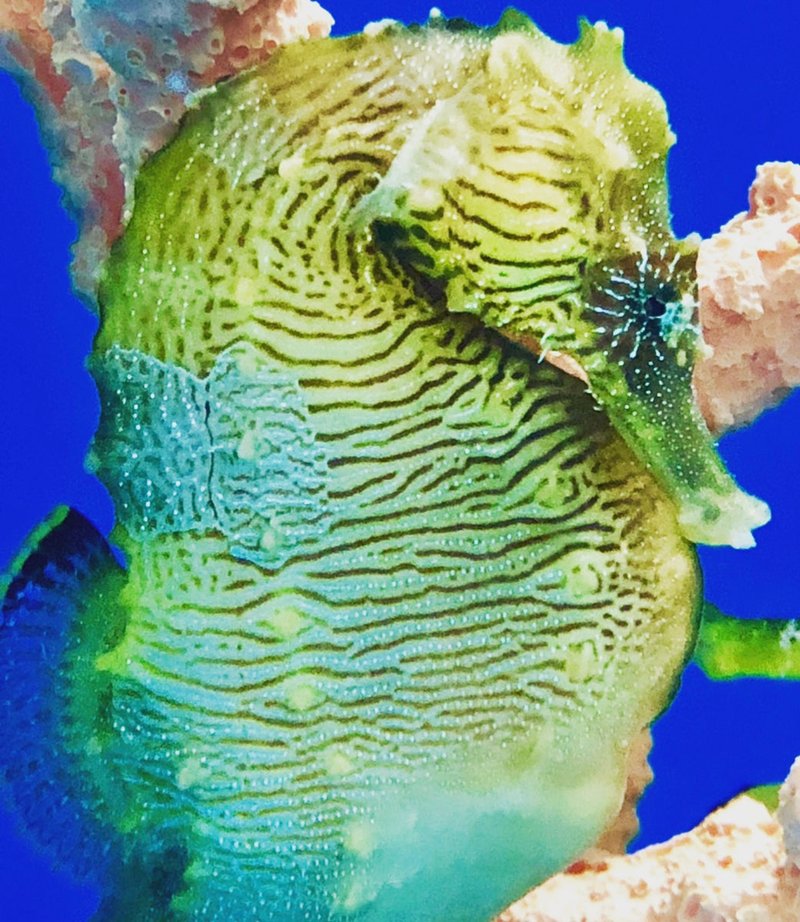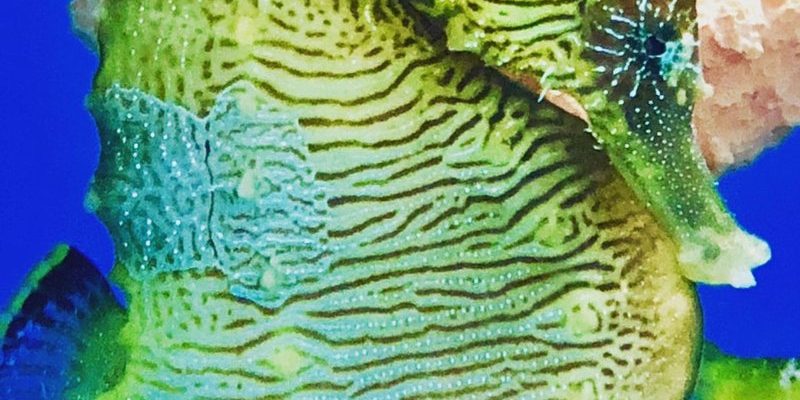
Imagine caring for a small, delicate creature that seems to drift through life with ease. You might think all is well, but hidden concerns can arise. From diseases like *Ich* to nutrient deficiencies, seahorses require specific care to avoid health issues. So, let me walk you through the common health problems in seahorses and some straightforward ways to prevent them.
Understanding Seahorse Health Problems
One of the first things to understand about seahorses is that they are more sensitive than many other fish. Their unique physiology means they can easily fall prey to a range of health problems. Factors like water quality, diet, and tank mates play a big role in their well-being. If you’re new to keeping seahorses, you might find it surprising how much these factors can impact their health.
Seahorses don’t just swim around; they need a balanced environment. Poor water conditions, for example, can lead to stress and sickness. You might be wondering, “How do I know if my seahorse is sick?” Well, symptoms can include changes in behavior, like not eating, or physical signs, such as discoloration or lesions. The good news is that many problems can be prevented with a little knowledge and preparation.
1. Stress from Poor Water Quality
Water quality is a crucial factor in seahorse health. They thrive in high-quality water, and even small changes can cause stress. This stress can lead to various health problems, including infections and diseases. So, what can you do about it?
Regular Water Testing: You should regularly test the water in your tank for ammonia, nitrite, nitrate, pH, and salinity. Each of these elements plays a role in your seahorse’s environment. If you notice levels that are too high or low, it’s time to take action.
Frequent Water Changes: Aim for partial water changes every week. You can replace about 10-20% of the tank water. This helps keep the water clean and removes harmful toxins.
Proper Filtration: Invest in a good quality filter. It’s essential for maintaining optimal water conditions. A filter helps to aerate the water and remove waste products that can accumulate over time.
2. Infections and Diseases
Seahorses can be susceptible to various infections and diseases. One of the most common is *Ich*, a parasitic disease that shows up as white spots on their bodies. If left untreated, it can be fatal.
Recognizing Symptoms: You might notice your seahorse scratching against objects or hiding more than usual. This behavior could indicate an infection. Being proactive is vital, so keep an eye out for these symptoms.
Quarantine New Arrivals: Before adding any new seahorses or tank mates, always quarantine them for at least two weeks. This practice helps you monitor their health and reduces the risk of introducing diseases to your main tank.
Medication: If you suspect an infection, consult your local aquarium specialist or veterinarian for appropriate treatments. There are over-the-counter medications available for common seahorse diseases.
3. Nutritional Deficiencies
Feeding your seahorses correctly is just as important as maintaining water quality. Seahorses have specific dietary needs that, if unmet, can lead to serious health issues.
Varied Diet: Seahorses thrive on a diet rich in live foods, such as brine shrimp and mysis shrimp. You might be tempted to stick to one type of food, but a varied diet helps meet their nutritional needs. Including frozen or freeze-dried options can also provide variety.
Supplementation: Consider using vitamins and supplements to ensure your seahorses are getting all the nutrients they need. Adding essential fatty acids can promote better health and enhance their colors.
Feeding Frequency: Regular feeding is crucial, especially for young or growing seahorses. Ideally, feed them multiple times a day, offering small amounts they can consume in a couple of minutes.
4. Improper Tank Conditions
Seahorses require specific tank conditions to thrive. An unsuitable environment can stress them out and lead to various health problems, from swimming issues to poor growth.
Temperature Control: Seahorses prefer water in the range of 72-78°F (22-26°C). Keeping the temperature stable is essential. Sudden changes can shock their systems, leading to illness.
Tank Size: Make sure your tank is spacious enough. A minimum of 30 gallons is recommended for a pair of seahorses, allowing them to swim and establish territories without feeling cramped.
Avoid Aggressive Tank Mates: Choose your tank mates wisely. Aggressive species can stress seahorses. It’s best to stick with peaceful fish or invertebrate companions.
5. Breeding and Reproductive Health
Breeding seahorses can be a rewarding experience, but it also requires special attention to their health. Pregnant males face unique challenges that can impact their well-being.
Provide Enough Space: When a male is carrying eggs, he needs enough space to maneuver. A cramped tank can lead to complications, so ensure there’s ample room for him to swim comfortably.
Diet and Nutrition: While pregnant, make sure the male’s diet is rich in nutrients. Extra feeding can help support him through this demanding period.
Monitor Stress Levels: Breeding can be stressful. Keep a close watch on the male and female. If you notice unusual behavior or health issues, consider separating them temporarily to relieve stress.
6. Regular Health Monitoring
Prevention is always better than cure. Regular monitoring of your seahorses can help catch problems early before they escalate.
Daily Checks: Spend a few minutes each day observing your seahorses. Look for changes in behavior, such as swimming patterns, feeding habits, and overall appearance.
Document Changes: Consider keeping a health journal to track any changes you notice over time. This can help you identify patterns and catch emerging issues sooner.
Consult Experts: Don’t hesitate to reach out to aquarists online or professionals at your local aquarium store. Engaging with the community can provide valuable insights and support.
Keeping seahorses healthy requires a bit of commitment but is incredibly rewarding. By understanding common health problems and how to prevent them, you can create a thriving environment for your unique aquatic friends. Remember, healthy water, proper nutrition, and attentive monitoring are your top tools in maintaining their health.
As you dive deeper into the world of seahorses, keep learning and adapting your care techniques. Each seahorse is unique, just like us, and with a little patience, you’ll be well on your way to becoming a fantastic seahorse guardian. Here’s to happy, healthy seahorses!

